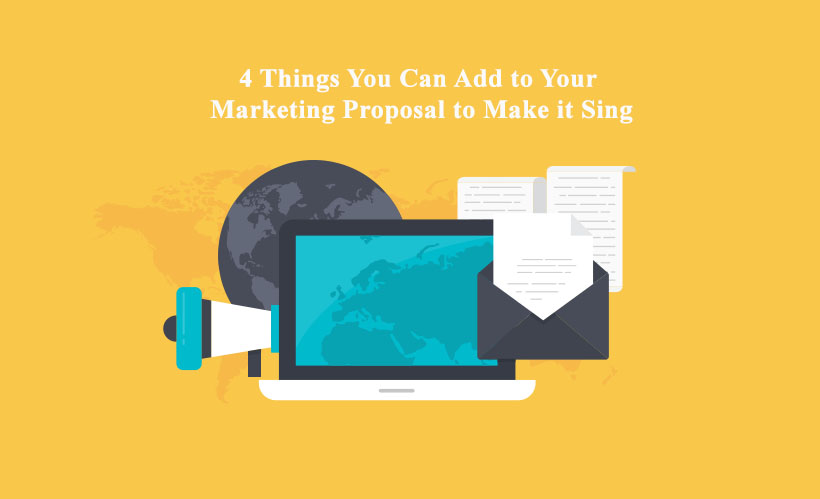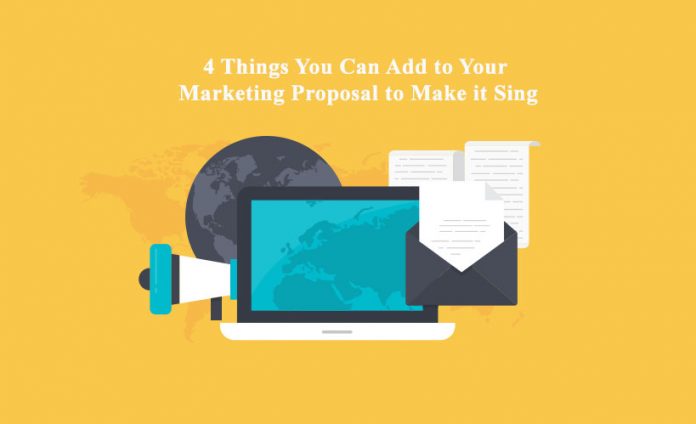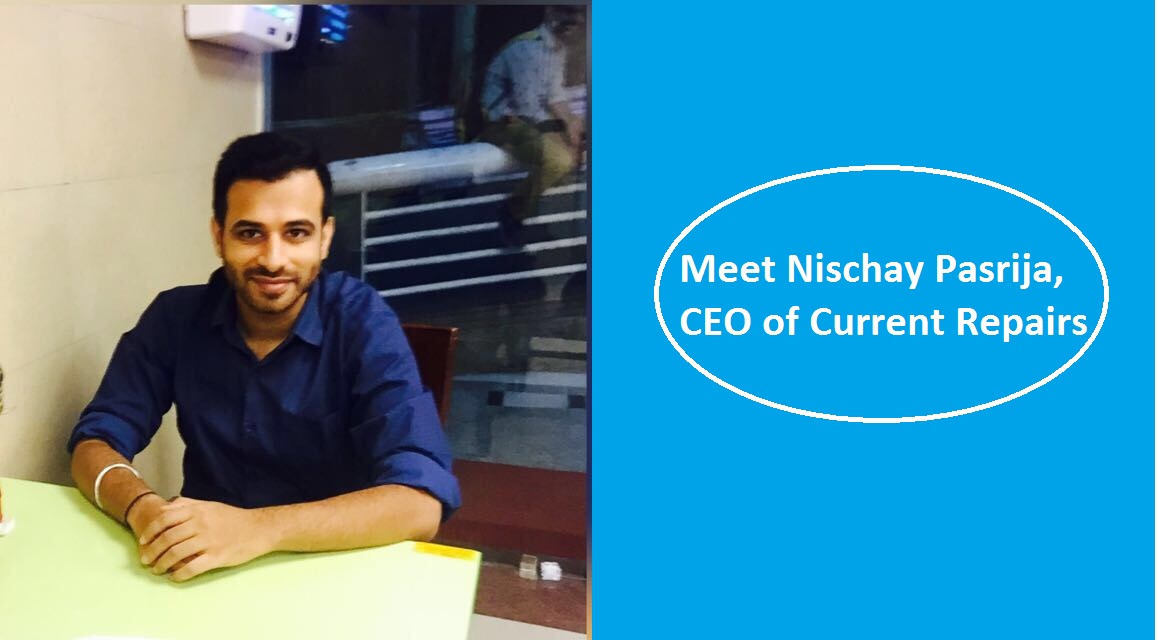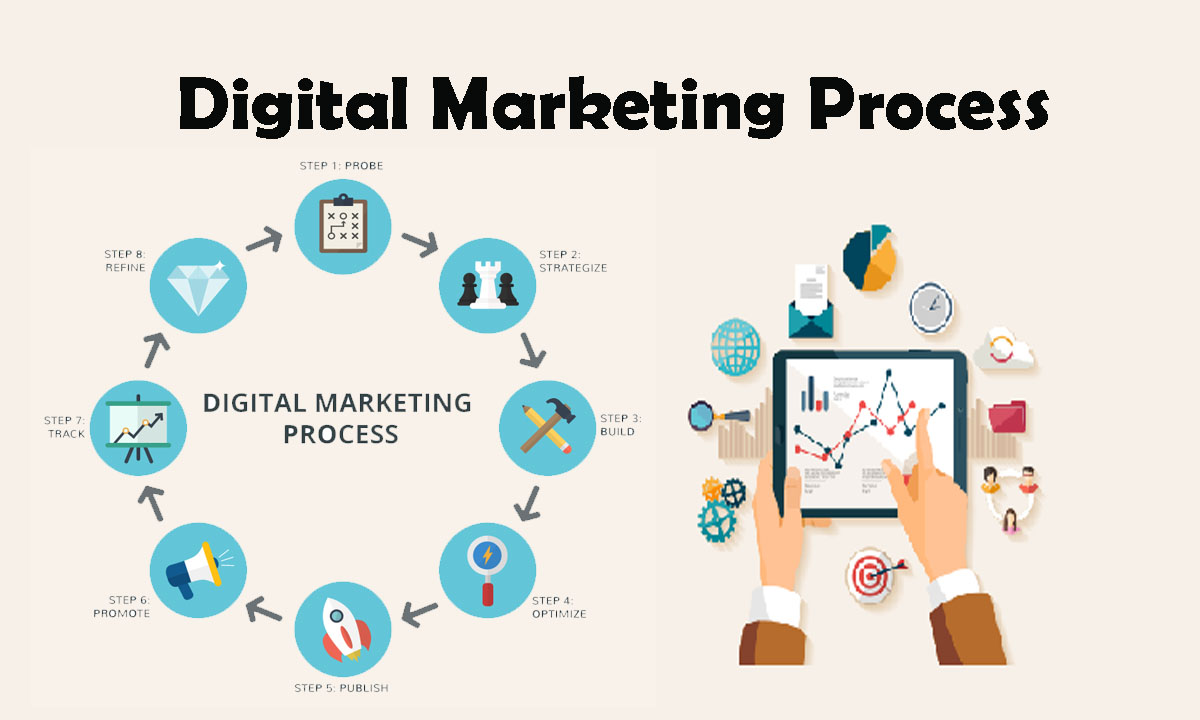It may be a little daunting to sit down and write a proposal for a client that you really want to do business with, but if there is a clear path to follow, it becomes much easier, and you are going to have greater success.

1. Demonstrate An Understanding Of Your Clients Needs
Why are you the perfect person or company for your client to do business with? In order to answer this one you have to be thinking not with what you have to offer, but more with what your client actually needs for this job; this project; for their long term goals to be achieved.
Do you give the impression that you fully understand what it is that they are looking for? You can’t just give a cursory or confused idea of what they are looking for. You need to have a laser-sighted outline of what you see their problems as so you can answer them.
2. Maintain A Clear Structure Throughout
You can’t go veering off on different tangents. There needs to be a clear line running through the proposal from the initial outline of your understanding of the problem, through your solutions, to your final argument.
If it can’t be followed clearly, your potential client may hang up somewhere in the proposal and not even make it to the end. You won’t be able to even make your pitch because you confused them before they got to that point.
Perfecting a structure also means that you aren’t going to spend so long in your day working on proposals.
3. Stay Relevant
Are you overloading your potential client with data that they do not need? There can be a tendency to think that you need to throw everything but the kitchen sink into a proposal but that is not going to help you, or them.
Dos the data support your understanding of what they do? Does it support your argument for why you are the best solutions to the problem that they are trying to handle? Is it data that is not project specific, but which illustrates a good quality about you or your company that is going to cat you in the kind of light that will close a client?
If not, then leave it out.
4. Use A Template
Once you have worked out the best format for crafting a proposal you should stick it – it will save you time, and if it has proved successful, why would you stray from the formula?
One thing to remember is that in the art of making excellent proposals, there are many who have gone before you, and they have not only left clues, but may have provided you with the best marketing proposal template (free).
There are things that you may not have thought to include that a well worked out template will have in place. Just follow what is laid out and that marketing proposal is going to sing.
Conclusion
The difference between a good proposal and a bad proposal is the structure, the data contained therein, and the fact that it answers the problems that the client has which needs solving; a bad proposal does none of those. With the four tips above your marketing proposal will not sound flat.


















